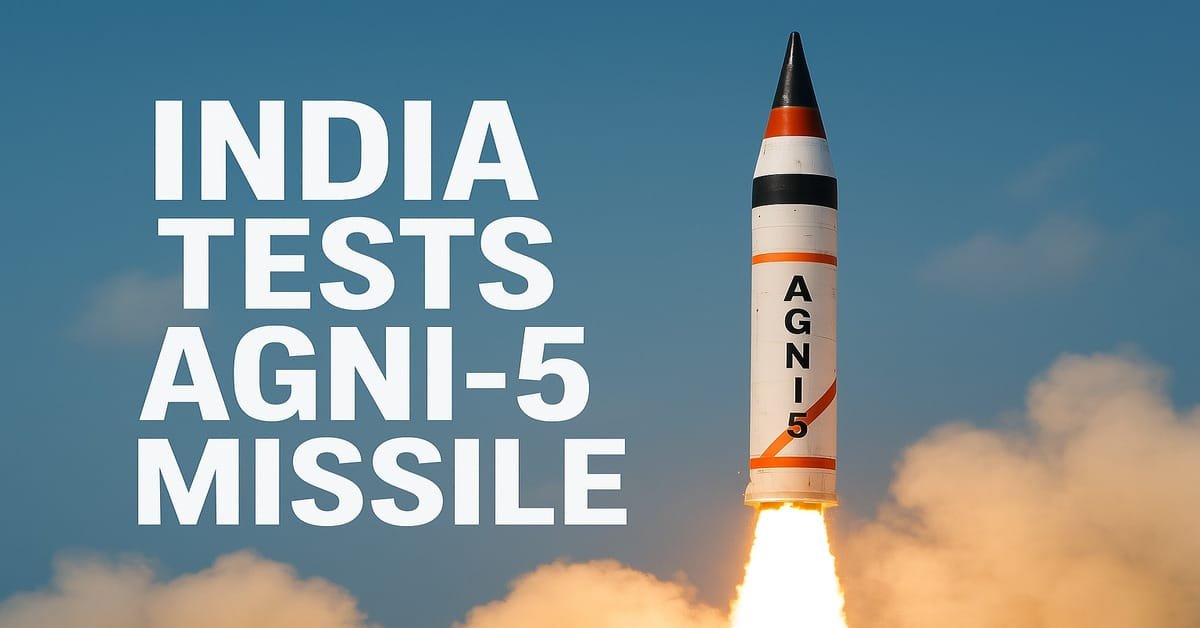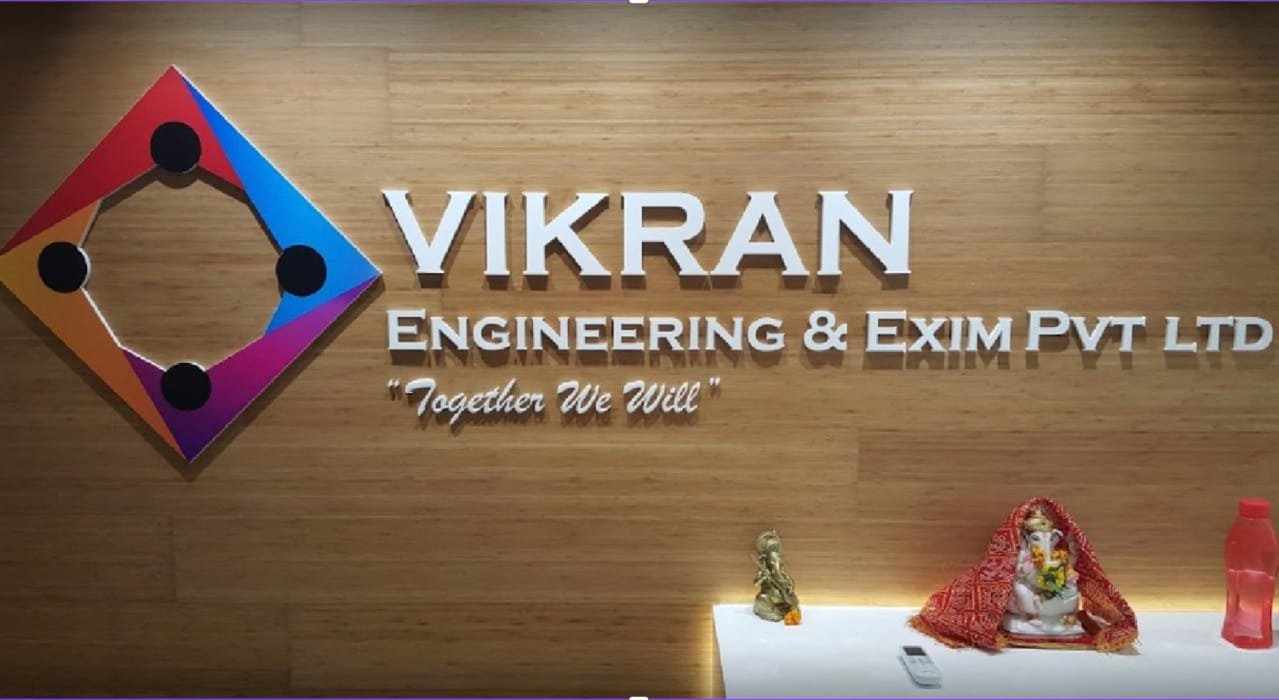In a major development for its national defense, India successfully test-fired its most advanced missile, the Agni-5, on August 20, 2025. The launch took place from a test range on the coast of Odisha, a state in eastern India. This test goes beyond a standard evaluation; it highlights India’s advancing technological strength and its determination to protect national security in an increasingly challenging global environment.
The Agni-5 is an intermediate-range ballistic missile developed entirely within India. This domestic development is a point of significant national pride and strategic importance. Its most critical feature is its impressive range, which is over 5,000 kilometers, or roughly 3,100 miles. To understand what this means, one must look at a map. With this range, nearly the whole of Asia and large sections of Europe come within reach. Such capability is vital, as it enables India to counter possible threats from afar while maintaining a robust defensive stance.
However, the true breakthrough of the Agni-5 lies in its sophisticated technology. The missile is equipped with what is known as MIRV technology, which stands for Multiple Independently Targetable Re-entry Vehicle. This is a complex but vital feature. In simple terms, a single Agni-5 missile can carry several nuclear warheads and launch them at different targets, hundreds of kilometers apart, all at the same time. This changes the strategic game completely. It makes it extremely difficult for an enemy to defend against or intercept all the incoming warheads. For India, this progress reinforces what defense experts call a ‘dependable second-strike capability.’ Put simply, even if the country were subjected to a first strike, it would still retain the power to respond. assured ability to respond with a devastating and precise counterattack. This is a fundamental pillar of nuclear deterrence, aimed at preventing conflict by making the cost of aggression unacceptably high.
The test was conducted by India’s Strategic Forces Command (SFC), the military body responsible for managing the country’s nuclear assets. This confirms that the test was not just a scientific experiment but a full validation of the missile’s operational readiness for the armed forces. All technical and operational aspects were thoroughly examined and verified to be functioning flawlessly. This rigorous process ensures that the weapon system is reliable and effective when it matters most.
This test has drawn worldwide attention, coinciding with Prime Minister Narendra Modi’s upcoming visit to China for a high-profile summit. the Shanghai Cooperation Organization. While India has stated its tests are based on technical readiness and not directed at any specific country, the message is seen as a clear assertion of its strategic autonomy and strength on the global stage. It underscores that India enters any diplomatic discussion from a position of confidence and developed military capability.
As the culmination of over four decades of research and innovation, the Agni-5 showcases the remarkable dedication of India’s scientific and engineering community. The program began with shorter-range missiles and has progressively advanced through persistence and innovation to this point. With this achievement, India joins a select group of nations equipped with advanced long-range missile systems featuring MIRV technology. The transformation from an initial effort to an international benchmark demonstrates the nation’s ability to achieve self-reliance and excel in a complex technological arena.
Ultimately, this successful test is about more than just a missile. It is a testament to India’s scientific achievement, its strategic foresight, and its unwavering focus on protecting its two and a half billion citizens. It strengthens India’s defense framework immeasurably and contributes to a balance of power in the region. By maintaining a strong and credible deterrent, India aims not only to safeguard its own security but also to support stability throughout the region and beyond.
This achievement reflects a clear step forward in India’s position as a responsible nuclear power, demonstrating both the capability and the commitment to uphold peace and prevent aggression.









